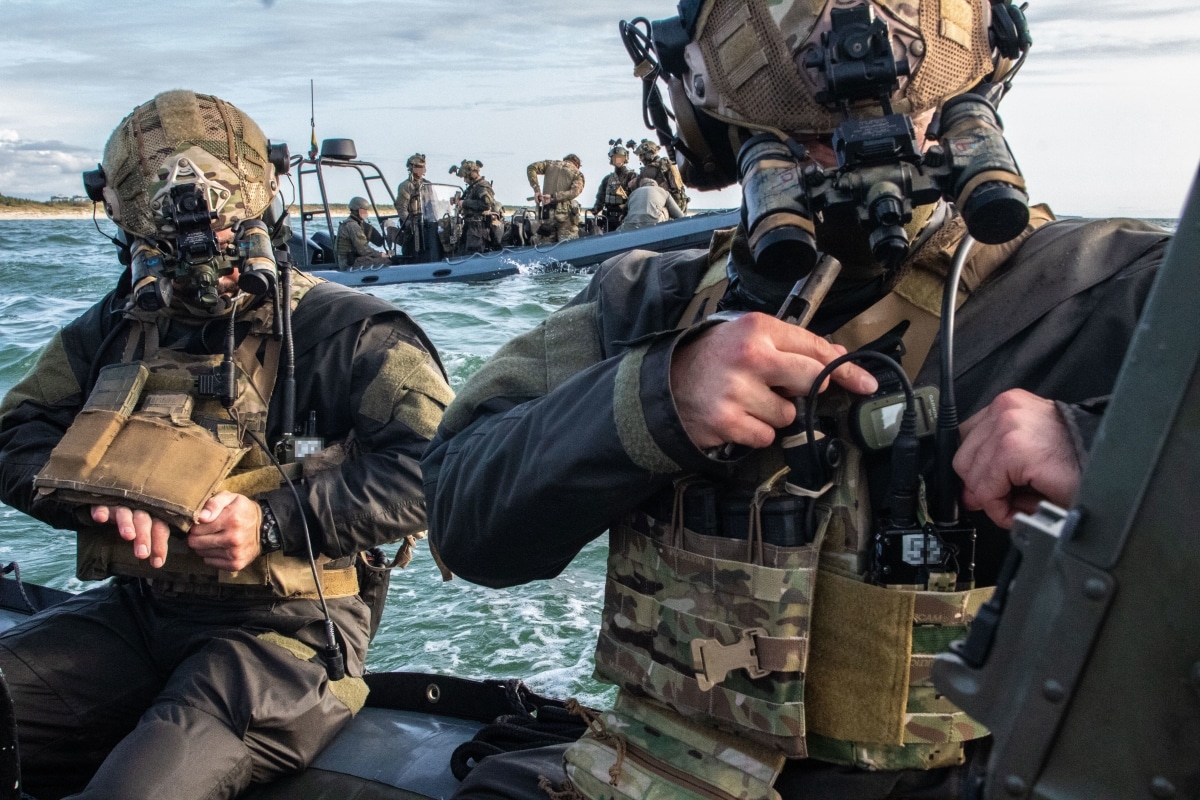The U.S. Special Operations Command is seeking new technologies to enhance the capabilities of the Navy SEALs during covert maritime operations. Notable advancements include the upcoming deployment of the Dry Combat Submersible, a Lockheed Martin-built mini-submarine that can remain submerged for 24 hours and travel up to 60 miles at a depth of 330 feet.
Key Points:
- The primary focus of the Special Operations Command is to improve maritime mobility and facilitate access to restricted or denied areas. Technologies that provide new means and methods for insertion are of primary interest.
- The Dry Combat Submersible, soon to be deployed, is a major advancement in undersea transportation technology for the SEALs. It allows eight SEALs and two crew members to travel submerged without exposure to cold water, thus extending their underwater endurance.
- The Dry Deck Shelter is another crucial technology being used and further developed. These shelters attach to Virginia-class submarines and allow SEALs to suit up and enter/exit via a lockout system. The Command is currently studying requirements for the next generation of these shelters.
- The SEALs also utilize modified commercial or recreational diving equipment for their operations. They are seeking industrial assistance in improving underwater communication, particularly when using mixed gases to extend underwater duration.
- Efforts are being made to develop the next generation of small, speedy surface boats that deliver SEALs to their missions. Potential advancements include making the watercraft stealthier through reductions in acoustic, visual, and thermal signatures, as well as developing high-tech coatings and materials that can help evade radar.






